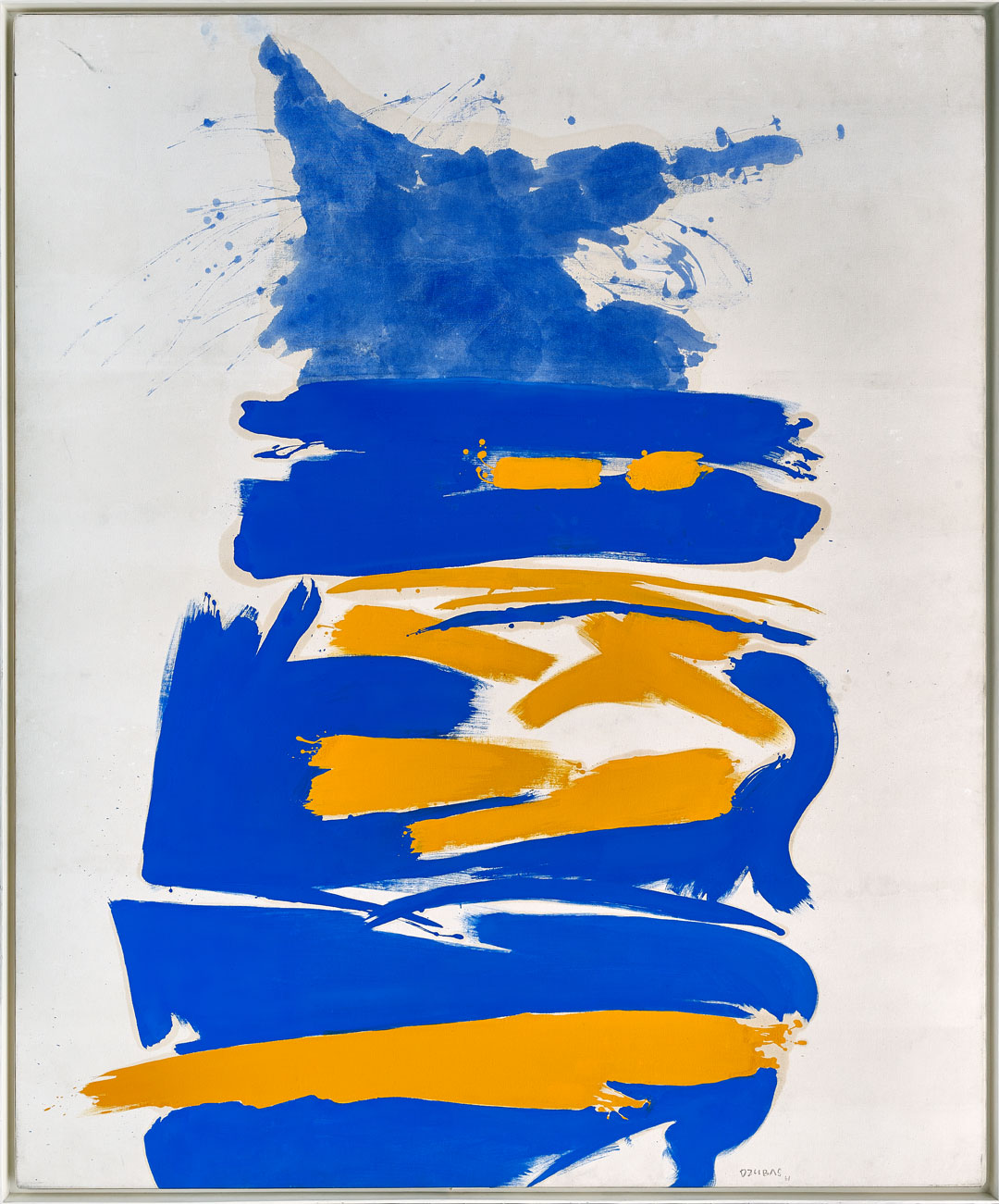
One Times One, 1961
Friedel Dzubas
| Medium: | Oil on canvas |
| Dimensions: | 214,6 x 177,8 cm |
about the work
Friedel Dzubas was born in Berlin in 1915 as the child of a Catholic mother and a Jewish father. He initially studied at the Prussian Academy of Arts in Berlin and at the Düsseldorf Art Academy under Paul Klee from 1936 to 1939. Due to the political situation in Germany, the artist emigrated to the United States in 1939 – an experience that affected him throughout his life. In 1948, he met the art critic Clement Greenberg, with whom he remained close friends until his death. Through this contact Dzubas gained access to the New York art scene. In 1950, he took part in the Talent 1950 exhibition curated by Greenberg and Meyer Schapiro in the Kootz Gallery, the Ninth Street Show in 1951 and he held his first solo exhibition at the Tibor de Nagy Gallery the following year. In 1952, Dzubas also shared a studio with Helen Frankenthaler. After a lengthy stay in Germany, he took part in the Post Painterly Abstraction exhibition at the Los Angeles County Museum of Art in 1964. He had numerous teaching assignments alongside his career as an artist.
In the 1940s, Dzubas still painted mainly with Indian ink and water colour. After his contact with Greenberg and his approach towards abstract expressionism from the 1950s, his style of painting changed and he increasingly used gestural brushstrokes. In the 1960s, he created works in which the shapes were isolated and extended across the pictorial space. What distinguishes the work of the German-American artist is his extraordinary technique. Dzubas primed his canvases with a thin layer of plaster and was thus able to make the paint fade out and achieve certain colour effects. He often worked with two brushes at the same time or joined the canvases together when he noticed that individual shapes or colours went together particularly well. In his large-format works these breaks are clearly identifiable.
Even though Friedel Dzubas was firmly established in the American art scene of the post-war period, his work seems to have been forgotten these days. This seems all the more astonishing in view of his participation in numerous prominent exhibitions and his personal connections with art critics and artists.